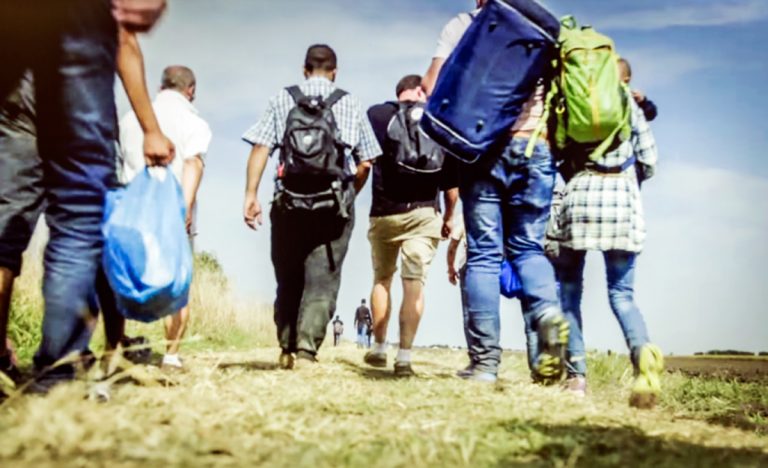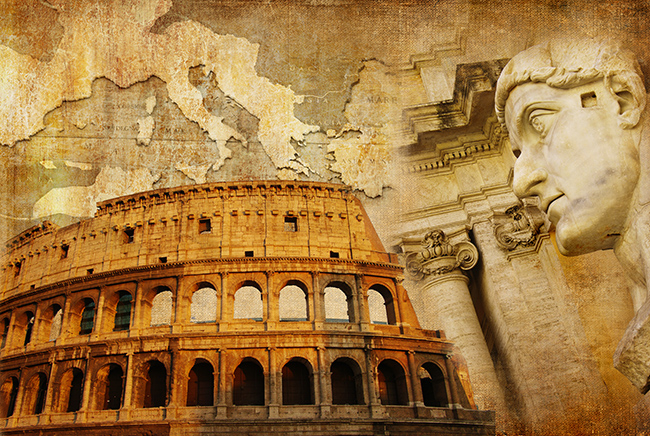The Migration Period in Europe

Throughout history, human migration has occurred.In most cases, however, it is usually something dramatic that helps trigger large migrations of people. An example of this occurred in 375 to 568 AD (Anno Domini / After Christ) when the Migration Period in Europe took place. The trigger of this migration was a significant climate anomaly which forced northern tribes to move south.
A “Bond” event is happening
Before the third century after Christ, the population in Europe had a generally stable structure. The Roman Empire was the dominant force, and Germanic tribes lived relatively peacefully in the northern part of Europe. This remained in place until a cooling trend in the climate began called a “Bond event”. This is an anomaly which takes place approximately every 1500 years and affects the northern Atlantic region. In the northern part of Europe, temperatures were dropping below normal, and agriculture suffered. This, combined with overcrowding caused the Germanic tribes to move south.
Bond events can last up to 200 years. By studying historical ice core data, eight past events have been identified. The cause of these events is still under study, but so far, variations in solar radiation rates have been the best hypothesis. This shift forces a different atmospheric pattern and causes colder than average temperatures in the northern Atlantic. Reoccurrence of these Bond events in our future climate is uncertain because it is unclear how their frequency and intensity will be impacted by increasing levels of greenhouse gases in the atmosphere.
The end of an Empire
The previous structure was altered by southern moving Germanic tribes and an invasion by the Huns. The Huns moved all the way from Mongolia to Europe, after they lost a war to the Chinese army. Those two migrations caused the Roman Empire to split into a western and eastern part. Only the eastern part, the Byzantine Empire, lasted for long. The open space in the north abandoned by the Germanic tribes was then filled by Slavic people. Altogether, a huge shift in demographics and government in Europe took place and changed the course of history, due in part to trends in the climate.

Weather always mattered and still matters. Don’t have Morecast yet? Download it here.
